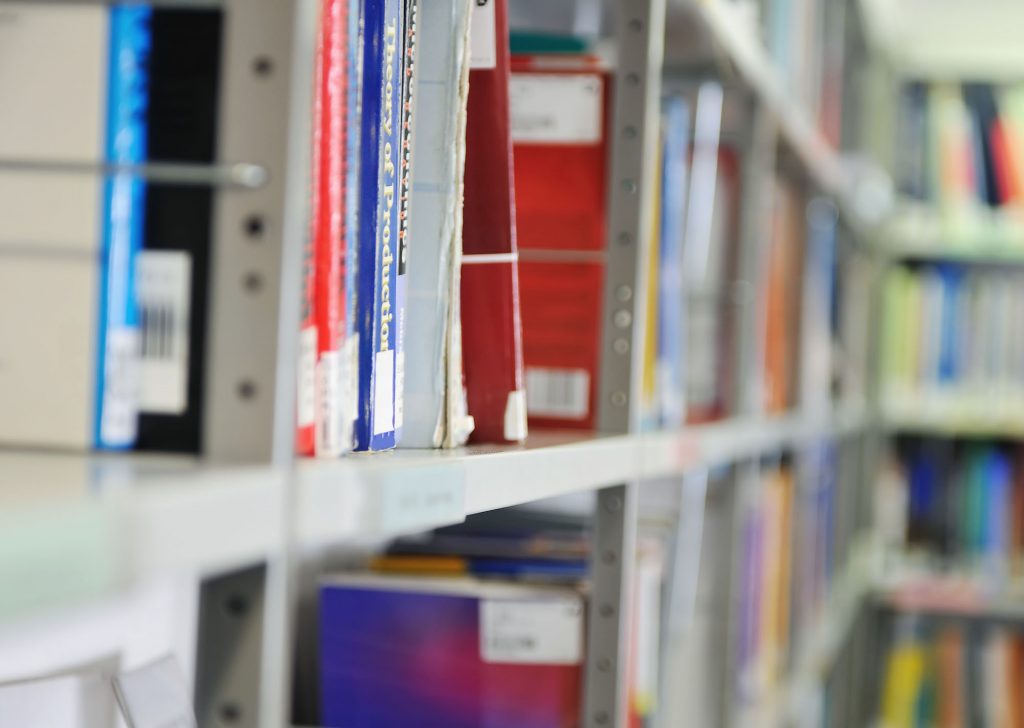
Locating & Critiquing Finding Reliable Science Information


Locating & Critiquing Objectives
-
Outline a strategy for locating science information from a variety of resources.
-
Distinguish between skepticism and denial.
-
Explain why critiquing information is an important aspect of science and list ways to constructively critique.
We rely on science information to make decisions about consumer, citizenry, and health issues. Finding and selecting information is key in researching and caring for animals.

A significant component of science research is finding out what is already known about a topic. Even with our current information storage and retrieval technologies, information often disappears over time, particularly if it is not published in a science journal.
Information is generally categorized as being a primary source (research carried out by the author) or a secondary source (someone writing about other people’s research).
Common sources of science information include:
-
science journals (primary source: peer-reviewed and not)
-
science monographs (primary source: longer papers on a single topic)
-
print & online news resources (secondary source: CNN, BBC, +)
-
print magazines (secondary source: National Geographic, Discover, +)
-
online magazines (secondary source: Science News, Daily Science, +)
-
trade books (primary or secondary sources: pet manuals, field guides +)
-
social media (primary of secondary: blogs, videos, posts)

It may be tempting to find a single source of information and stop there. However, different authors have distinct perspectives, and may offer conflicting information that paints a more accurate picture of the complexity of natural systems.

You portfolio for this course is a potential source of science information. Consider where your portfolio will be located for easy access: in a virtual book shelf or in a physical space.
Critiquing Resources
Science values skepticism and review of work, but critiquing constructively is not always an easy task.
Critiquing is analyzing something in a detailed manner using logic and reasoning.

Scientific knowledge comes from people observing and inferring.
On the positive side, an individual’s perception can be unique and build new knowledge. On the negative side, an inference can be incorrect and misconceptions can arise. Eggs and sperm do not have little humans wrapped up in them, but those misconceptions arose with limited observational ability and the cultural understandings of that time.
Scientific knowledge needs to be continually checked and updated. Critique is built in along every step: graduate student research is critiqued by a committee of experts; a scientist’s research article is critiqued by peers before it is published; audiences ask tough questions during seminars; and the list goes on.


Scientists are also expected to “self-critique,” to identify and address biases and limitations. It is a habit of mind to question yourself constructively and it can take years of practice to develop.
When critiquing someone’s science contribution, skepticism is valued, but denial is not.

Skepticism
Doubting that something is true. Wanting more evidence, more successful repetitions, and strong predictability of results.

Denial
Refusing to consider. Not entertaining new ideas or the possibility of error in observation, or reasoning.
Critiquing is making a value judgement: that something is well done or poorly done. That something is correct or incorrect.
When done well, critique can support rapid progress in research: pointing out flaws and supporting innovation.
There are methods of effective critiquing that have developed over time.

One key aspect of critiquing is determining whether something is valid. This means determining whether something is reasonable, logical, and based in fact.
We consider validity when exposed to something new; some people say “it has to pass the sniff test,” meaning something has to seem reasonable.
Critiquing is a valuable process when deciding how to consume knowledge. You are critiquing when deciding whether you believe a new diet makes sense, or deciding how to best treat a medical condition. This starts with determining whether a claim has validity.

While critiquing a resource, like a website, it helps to make a list of questions to answer.
-
Is the website run by a trusted source?
-
Does the website promise/offer anything?
-
Why does the website exist?
-
Is the information current; recently written or updated?
-
Is the information based on science research, coming from a primary source?
Develop your own checklist for critiquing science information into the future.
In the next section you will see how critiquing research changed our understandings of predator-prey interactions.

Check your knowledge. Can you:
-
outline a strategy for locating science information from a variety of resources?
-
distinguish between skepticism and denial?
-
explain why critiquing information is an important aspect of science and list ways to constructively critique?



